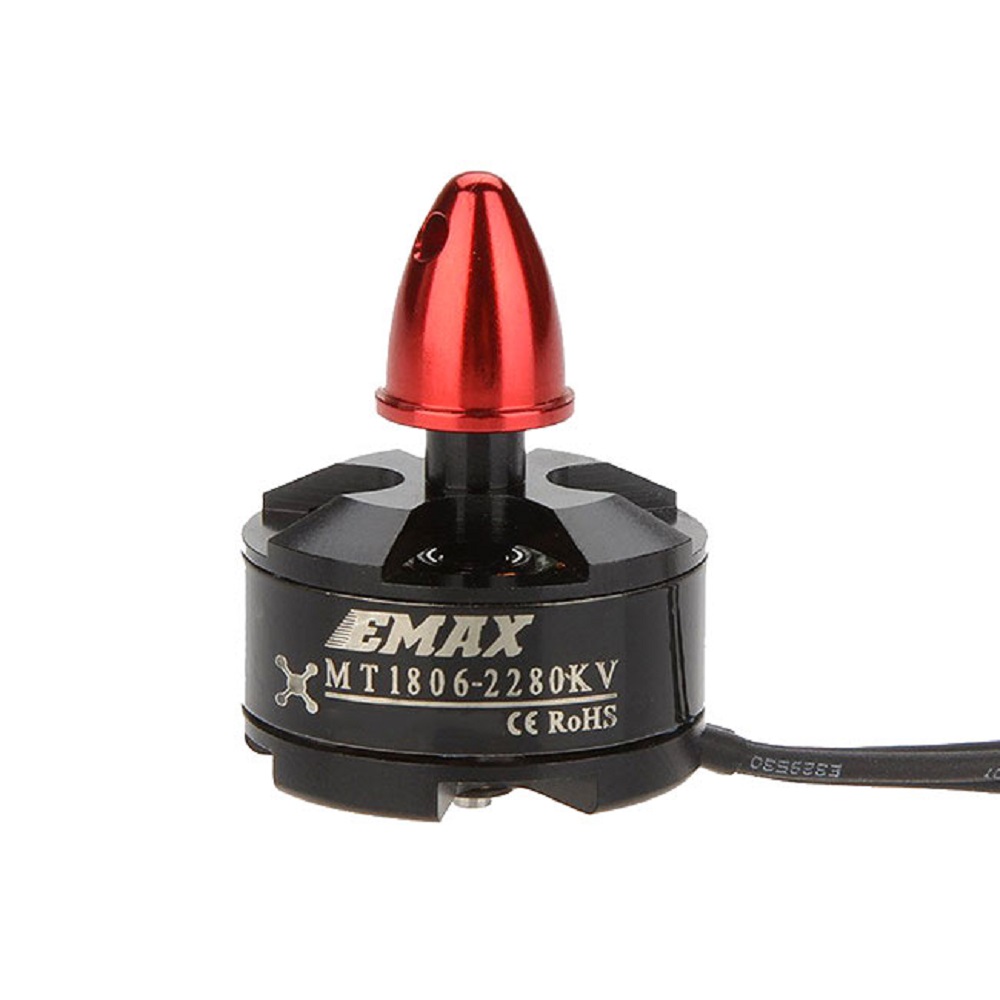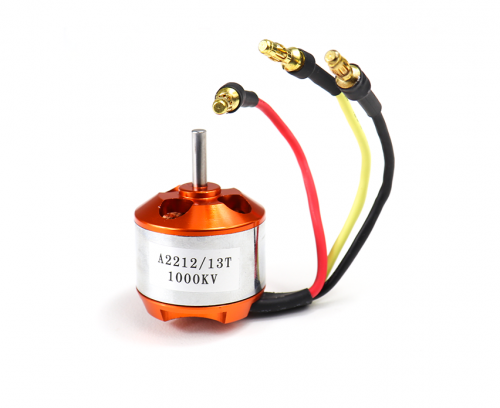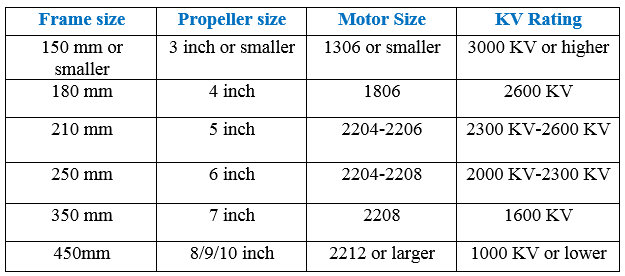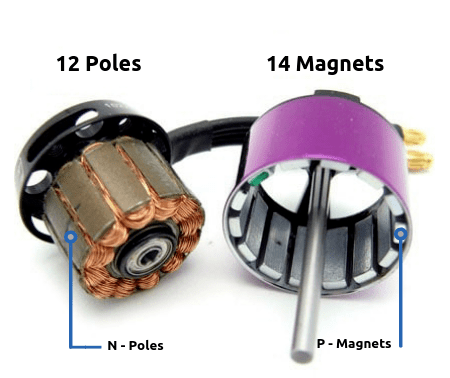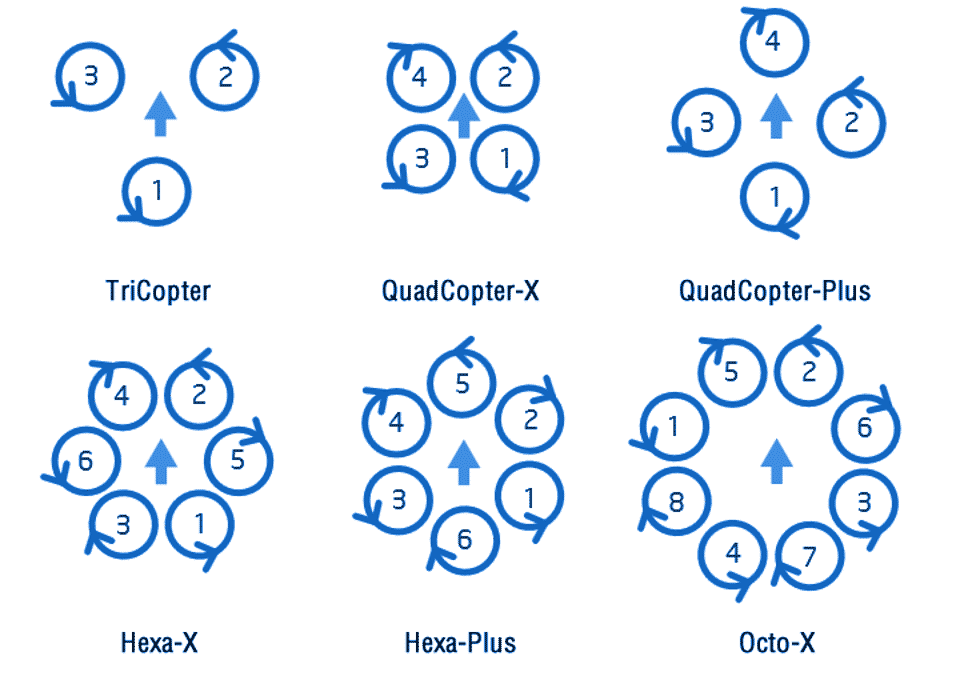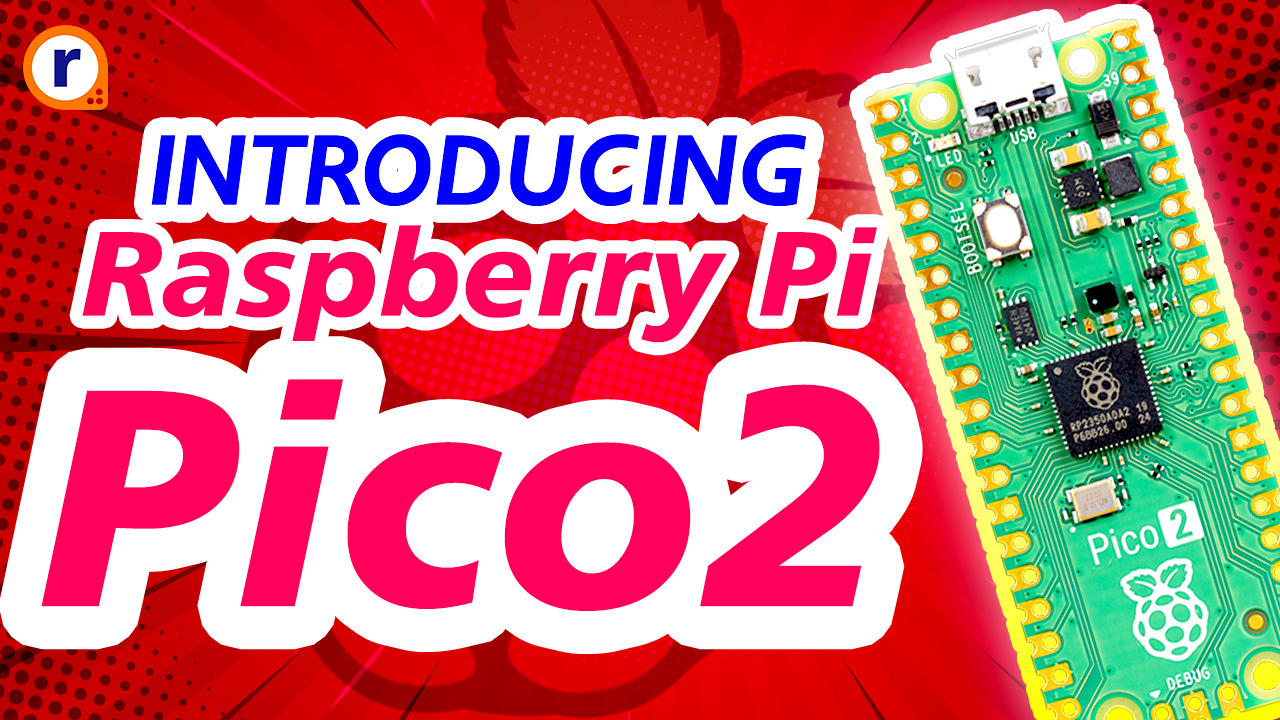Selecting Quadcopter Motor: A Detailed Guide 2021
This guide will give you a better understanding of how to select the quadcopter motor and the parameters on which they’re selected.

Nowadays, making a drone is a very interesting topic and more and more peoples are spending their time to learn about its parts and love to make it.
In this blog, we are going to learn about the selection of quadcopter motors for the drone. Here, we have explained about the important parameters of the quadcopter motors.
Where to Start?
In the selection of the motors for your drone, you must have an idea of the total weight of the copter. The calculation of the approximate weight of your drone is done by considering all the components of a drone.
Firstly you could start from the drone frame. If you know about the size of the frame then you can determine the right size propeller for your drone.
According to the weight and size of the propeller, we can decide the exact lifting thrust and flying speed of the drone. Now, we will discuss the important parameters of the motor which decides the selection of the motor.
1. Thrust to Weight Ratio
In all types of multirotor, it is important to make sure that the motors used in your drone can product around 50% more thrust than the actual weight of the drone. If the thrust of all motors is less, the drone will not respond well to your control and its take-off. You drone motors have to remain stable and well functional even in times of slightly windy condition. With the high thrust to weight ratio, a drone will have greater agility and acceleration but it will be harder to control as well.
For example, if the total weight of your drone is 1 kg, the total thrust generated by the motors at 100% throttle should be 2Kg or 500g per motor (for quadcopter). It is always good to have more thrust available than needed…
For a racing drone, the thrust to weight ratio is much higher than the normal multi rotor. For racing drones, the recommendable thrust to weight ratio is 5:1.
If you are planning to fly the drone slow and stable aerial photography, you should have to maintain the thrust to weight ratio of 3:1 or 4:1.
2. KV Ratings
The KV rating is another essential parameter of the motor. KV rating means the rpm of the motor produces per volt.
For example, if you choose the motor of 1000 KV and use 12V lipo battery for power, the total RPM becomes, 1000*12=12000
After mounting the propeller on the motor, the RPM decreases due to the air resistance. The higher KV motors spin the propeller faster and can draw more current. That’s why we tend to see larger propellers used with low KV motors while smaller and lighter propellers are better for high KV motors.
If we paired the larger propeller with high KV motor, it will require more torque to spin faster. While producing the required torque, it will draw more current and generate too much heat. This overheating can damage your motor also.
3. Motor Size
Generally, the brushless motors categorized by a four-digit number. For example, motor named like 2205, the first 2 digits represents the diameter of the stator (in mm). The last 2 digits represent stator height (in mm). Essentially, the wider and taller the motor can produce more torque.
- Taller stator = more power at higher RPM
- Wider stator = more torque at lower RPM
As the taller stator has a large area surface, it can cut through a more magnetic field and helps heat dissipation. While wider stator motors have a larger volume of iron and copper in the stator which makes the motor more torquey and efficient.
What kind of motor size we should use depends on the actual frame size. The dependency is like that the frame size limits propeller size and propeller measurement limits the motor size and KV. The below table gives you a few ideas regarding the motor size. Here, frame size is referring to wheelbase means motor to motor distance.
4. What is N and P in the Motor?
Basically, N and P are poles and Magnets. If you check for brushless motor, it has specification such has 12N14P. The number before N refers to the number of electromagnets in the stator and the number before P refers to the number of permanent magnets in the bell.
5. Voltage and Current Draw
The voltage of the battery has a large impact on the motor. The drone motor spins faster with a higher voltage and draw the more current. You need to ensure how much thrust the motor produces and how much current they will draw. According to this current draw of the motor and propeller combination, you can choose the ESC.
6. Motor Movements
If you install all the drone motors in the same direction then it hards to fly the object, as it would not be responsive to the direction you want it to go. So, for smoother flight characteristics, you need to buy a pair of motors that move clockwise and counterclockwise direction.
For example, If you are planning to build quadcopter then you have to install 2 motors in a clockwise direction and other 2 are counterclockwise directions.
Brushed Quadcopter Motor
If you want to make the Brushed drone, you have to choose the brushed coreless motors. The brushed drones are available in very small size. Normally, It uses the frame size of 90 mm or 100mm. The operating voltage of this motor is 3.7V and it is availble in more than 13000 RPM.
Hope this blogs helps you to understand about the parameter of quadcopter motors. For more knowledge about the motor, you can refer Difference between Brushed and Brushless DC motor. You can also watch the video of this blog.


